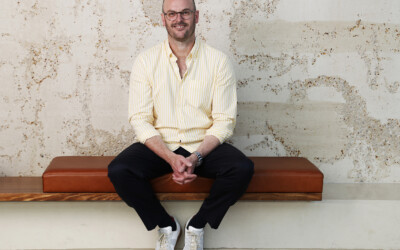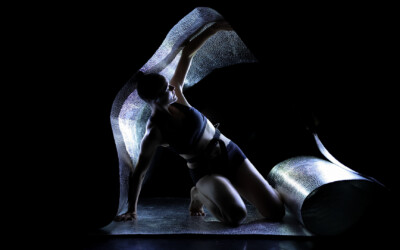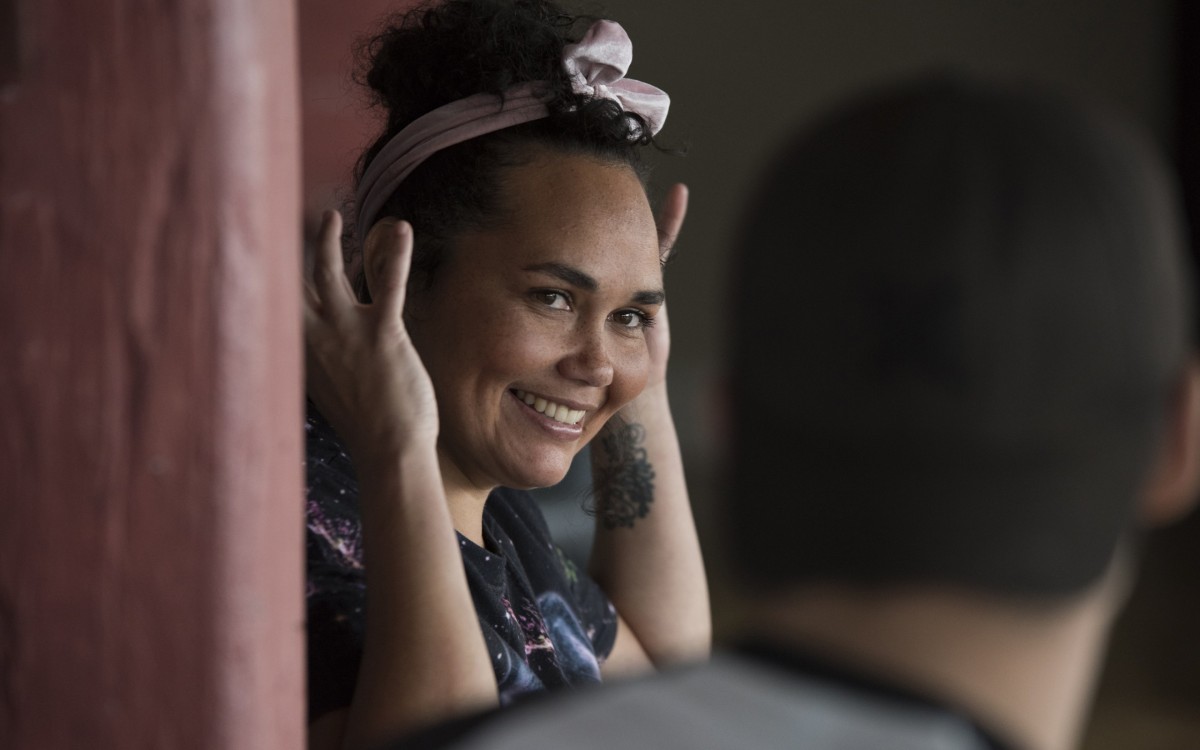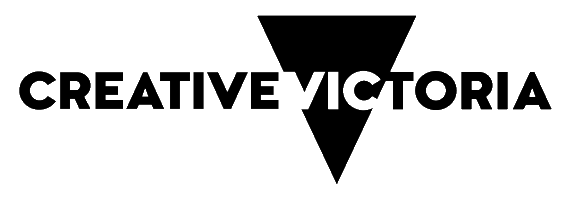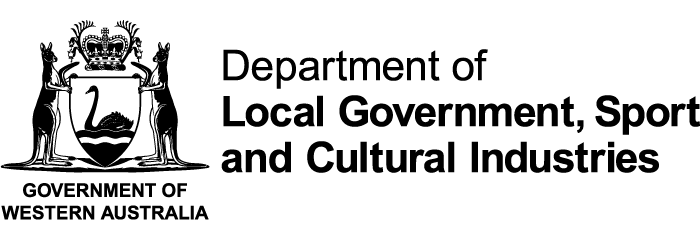Meg: Something you mentioned earlier in the interview is the importance of being a TSI person in the room with Ghenoa. How significant was that to the process?
Rachael: It comes down to two principles: who has the cultural authority to tell the story, and being able to create a culturally-safe place. This means the artist can feel supported when they open up and their heart is exposed. Part of my role was to help create that safe space. Ghenoa understood this and so the creative team were based on who do you ask to be in the room.
Having Ghenoa culturally supported was critical to her process. She has a very strong relationship with Kate Champion who is a brilliant artist as well, but for this process there is no separation between Ghenoa and her culture.
Creating culturally safe spaces is something I often talk about and it is critical that we as an industry get to the point where work that is made by us has complete integrity as opposed to work that is made ‘about’ us. So the person whose story is being told has complete authority in the room about their story and its cultural implications.
When Aboriginal and TSI people make work there are two things at play. One is navigating our cultural responsibilities. We don’t just speak for ourselves, we also speak for our mob. The second thing is we artists and we want to make great theatre. With whitefellas, they just want to make great work and they don’t have the cultural load that comes with being a blackfella.
It’s not a burden that ‘load’, it’s what makes us whole and makes our work rich. I am hell bent on working with our industry so we get to a point where we understand why that is so critically important. It is about time, and about context, and there will be a time possibly when it is a level playing field: when that happens, then we will be in a position where anyone can play anyone and anyone can tell anyone’s story. We are still so far from the starting block, and we still live in a country that is fundamentally in denial of its history, is fundamentally racist, and we have a long way to go. That is why this way of working and the distinction we make in doing so is critical to moving forward as a theatre industry.
Meg: Is working in the way you do a ‘methodology’ for creating theatre and performance – fusing or integrating storytelling, dance, language and art?
Rachael: I innately understand the interplay between culture, movement, storytelling and visual elements. It makes absolute sense and has its own logic why those elements work together. I also understand the extraordinary story is never just story. There is an entire legacy and history of a story, and deep cultural resonances for a story. When you analyse a story just as a story then I feel you are examining it in quite a narrow way. Sometimes it doesn’t fit into a neat Western formula!
Meg: Would you talk about the story or stories in My Urrwai that Ghenoa tells?
Rachael: We all come into a rehearsal room with an agenda. My agenda sits very proudly on my sleeve and I don’t hide it. I am really interested in hero stories – using western terminology – how someone navigates the obstacles of life. In this case, it’s as a blackfella from the Torres Strait, growing up on the mainland, having to tread between, yet be rejected by, both worlds – Ghenoa grew up in an extraordinary world! So how she navigated and came through this is, for me, a hero story. She may have been victimised at times but she is not a victim!
In creating My Urrwai, there are a couple of ways to think about story. There is part of the process that is the artist going on a journey to tell their story; then there is something that happens in the honouring or validating of that story through performing and sharing the story to an audience. This is empowering for the artist and is an extraordinary experience for an audience. That is particularly important for a non-Indigenous audience who walk away with a deep impression of this incredible woman.






